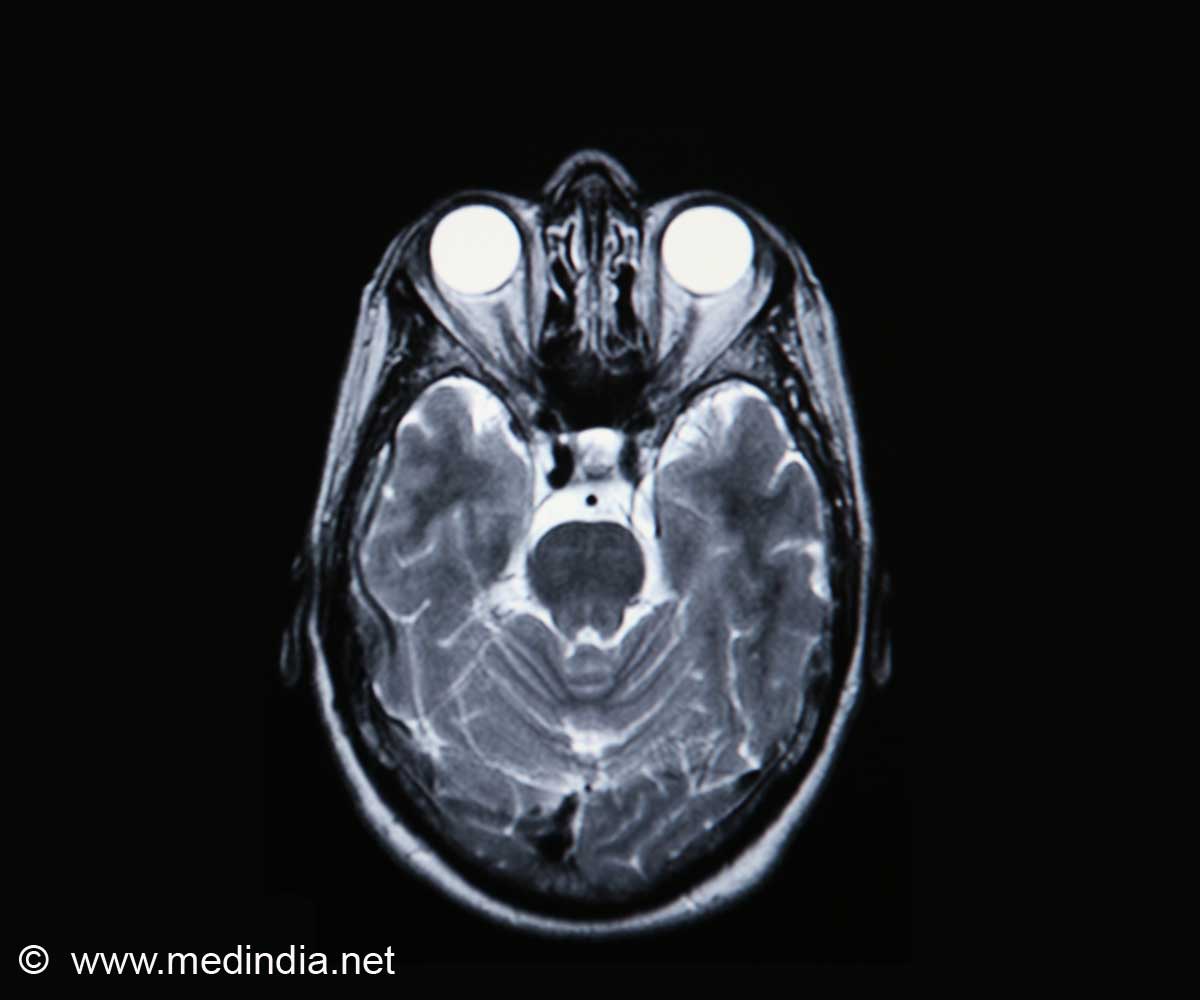
‘The discovery of the Neuroglobin switch opens up new opportunities in treating AD, such as the development of gene therapy.’
Tweet it Now
Neuroglobin has previously been shown to protect the brain of mice and is shown to reduce the severity of damage due to stroke and AD. In human, it is observed that the two major risk factors of AD, age and female sex are associated with lower levels of Neuroglobin. Identifying the "switch" for the neuroglobin gene is therefore of paramount importance, as it will serve as a potential target for the development of novel therapeutic treatments with gene therapy or drugs. AD currently affects more than 70,000 people in Hong Kong and the number is estimated to reach 280,000 in 20 years because of the aging population. Currently the disease is incurable, thus there is an urgent need to find a treatment for the disease.
Since the discovery of the neuroglobin gene in 2000, studies have focused on its functions, yet little is known about how the gene is being regulated. The HKU team spent 6 years addressing the mechanism that controls the switching of the Neuroglobin gene. Dr. Tan-Un at HKU led the study with the hypothesis that there is a "switch" that controls the expression of the neuroglobin gene which is located far away from the gene itself.
The search of the distal DNA region has been technically challenging and the idea was tested by a series of experiments, carried out by two former PhD students, namely, Tam Kin-tung and Zhang Wei, including a technique called chromosome conformation capture (3C). The research team found that there is a segment of DNA which interacts with the Neuroglobin gene by means of a protein called GATA-2 in human neuronal cells. The results showed that the novel DNA segment is powerful in switching on Neuroglobin expression. Removal of either GATA-2 protein or the DNA segment from the cells led to a substantial decrease in Neuroglobin expression.
Professor Godfrey Chi-Fung Chan, a co-author from the Department of Paediatrics and Adolescent Medicine, HKU, said: "AD is an incurable disease at the moment and understanding the control mechanism of an important protector in the neural tissue such as Neuroglobin will provide us with a new therapeutic strategy. In fact, the role of neuroglobin is not confined to degenerative brain disorders, its aberrant role in neurogenic neoplasms is another interesting area to be explored. Therefore knowing how to 'switch on' or 'switch off' this molecule will help us to modulate a variety of human diseases."
Advertisement
Dr. Tan-Un highlighted: "Further understanding this 'switch' and neuroglobin locus will be crucial in the design of efficient gene therapy system for the treatment of Alzheimer's disease and other neurodegenerative diseases."
Advertisement











